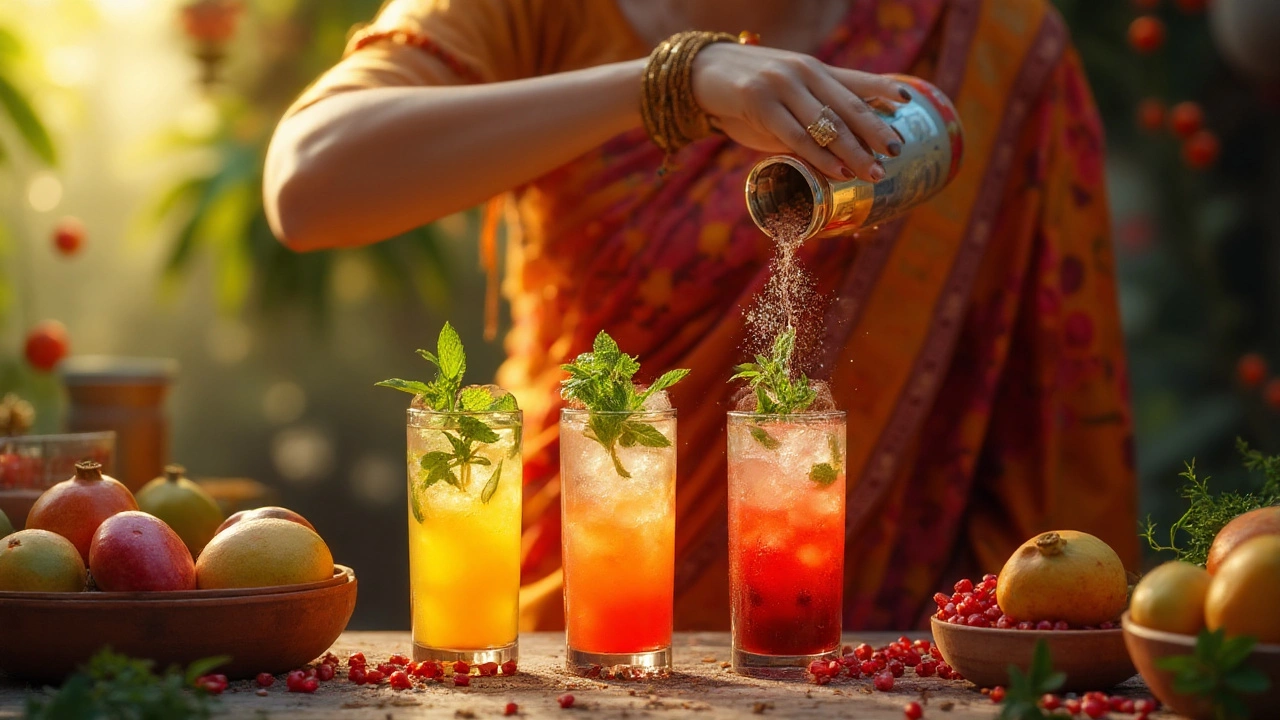
Order a mocktail at any decent bar, and you’ll notice something fascinating—it’s no longer a syrupy afterthought in a hurricane glass; it’s a work of art. But what’s the secret sauce? What transforms a glass of random juice and fizz into a drink that gets you asking for the recipe? It’s the elusive golden ratio for mocktails. It’s not a gimmick, it’s science—and a touch of magic. I used to think mocktails were all about tossing fruity flavors together and hoping for the best. But after too many limp lemonades and sugar bombs, I dug for answers. The golden ratio matters more than anyone admits, and if you get it right, you’ll turn even the simplest mocktails into jaw-dropping treats. Craving delicious, non-alcoholic drinks that actually taste grown up? This is how you get them.
Breaking Down the Golden Ratio: Why It Matters
Mocktail recipes without balance are like music without melody—harmless, maybe, but not something you’ll remember. There’s a reason the world’s best bartenders fuss over ratios. You want layers of flavor, not a mouthful of one overpowering taste. The actual golden ratio for mocktails? Most bartenders agree: it’s 2:1:1. That means two parts base, one part sour, one part sweet. It’s shockingly simple but powerful. The base usually highlights a main flavor—think cold brewed tea, a juice blend, or coconut water. The sour zing comes from lemon, lime, or even tamarind. Sweetness (syrup, honey, agave, even muddled fruit) rounds it out. Golden ratio for mocktails isn’t just a trendy phrase. It’s the backbone of drinks from the classic whiskey sour (which you can flip into a mocktail) to the punchy mojito. There’s real science here—bitterness and sourness stack up in your mouth, and sugar calms them down. This balance is why a citrus-laced mocktail doesn’t taste like salad dressing, while a sweet-forward one won’t make you feel too old for juice boxes.
Curious about how different cultures do it? The roots go way back—Indian sharbats and Persian sekanjabin use the same 2:1:1 balance. It’s practically hardwired into human taste buds. In fact, sensory research from Monell Chemical Senses Center in Philadelphia found that balancing these three profiles makes drinks palatable for almost everyone, no matter which flavors you use. The ratio isn’t a rigid rule, but it’s your safest place to start.
| Element | Examples | Ratio Part |
|---|---|---|
| Base | Tea, Juice, Coconut Water, Sparkling Water | 2 |
| Sour | Lemon, Lime, Tamarind, Vinegar | 1 |
| Sweet | Simple Syrup, Honey, Agave, Maple Syrup, Muddled Fruit | 1 |
Ratios make creativity possible. Once you have structure, you can play. My friend got obsessed with apple cider mocktails last winter and swears by a 3:1:1 tweak for tart apples. Once you know the basics, experiment with whatever is in your fridge, and dial up or down each corner of the ratio.
Tweaking the Ratio for Different Flavors and Styles
What about all those Instagram-worthy mocktails in wild colors and flavors? They don’t all use the same ratio, of course—it bends to fit what you crave. Tropical drinks with pineapple and mango need a lighter hand on the sweet side because the fruit is bold enough solo. Sparkling spritzes may lean a bit more on bitter or aromatic ingredients, like grapefruit or mint. If you’re experimenting at home, start with the 2:1:1 template, then taste. It’s honestly the best advice you’ll get. Stir, sip, ask: Does it punch you with lemon? That’s your cue for more base or sweet. Does it taste flat or syrupy? Add more sour. There’s no shame in correcting as you go—think of it like tuning a guitar until it sings.
Temperature, texture, and even color matter too. Warm drinks need less sweetener because flavors bloom more at high temperatures. Chilled drinks, packed with ice, lose flavor edge as the ice melts, so dial up the sour or aromatics. Ever wonder why lemonade is so tart when ice melts? That’s the ratio sneakily shifting. Then there’s texture. A dash of sparkling water adds lift. A spoonful of chia seeds or blended fruit thickens. Egg white (yes, in mocktails too) creates a foamy, cocktail bar-style top. I love using chilled jasmine tea as a base, then layering passion fruit (sour) and honey (sweet), finished with a top of soda for bubbles—on summer nights, it’s unbeatable. There’s also a rising trend of using vinegars and shrubs. These amp up the sour for a punchier mocktail—swap in vinegars little by little, or your drink might taste more salad than sipper.
Another trick: aromatics. Cucumber peels, fresh basil, or even a whiff of cardamom oil can add layers without needing extra sugar or sourness. If you love complexity without much sugar, play with these instead of piling on syrup. Lachlan always sniffs drinks before taking a sip—he says it’s the trick to enjoying aromatic mocktails that smell as full-bodied as cocktails.
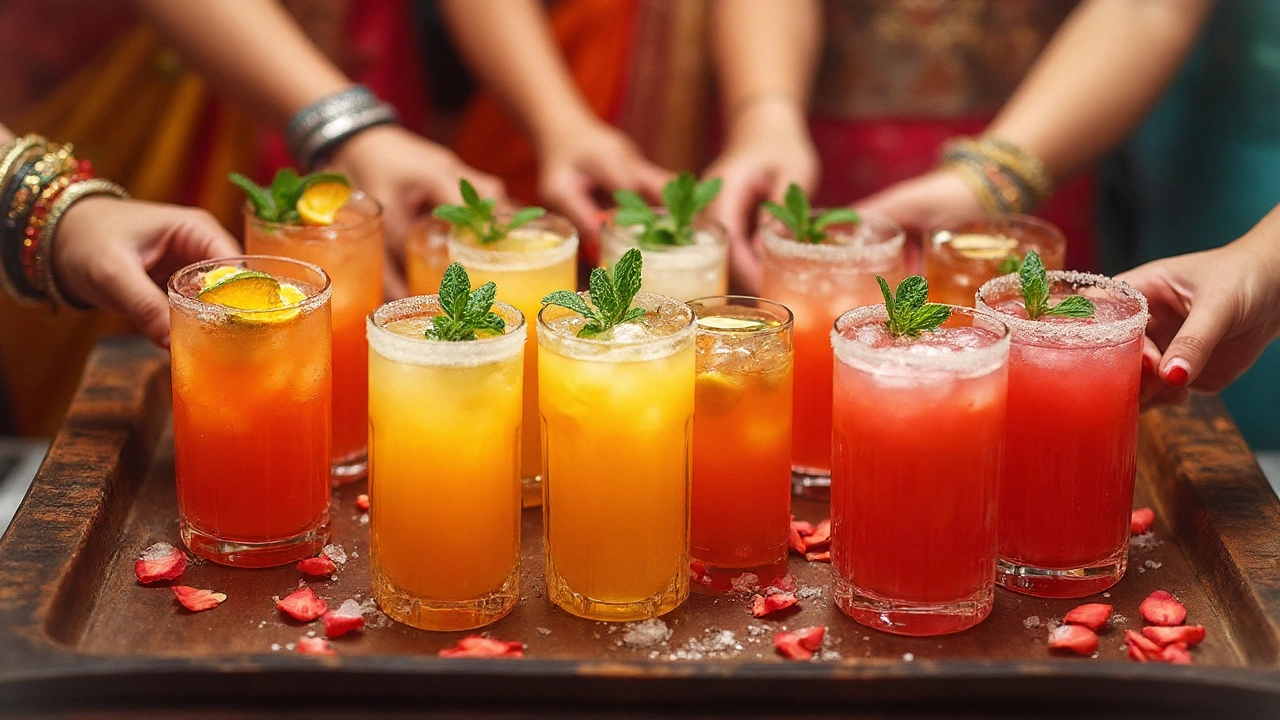
Pro Tips to Elevate Your Mocktail Game
Once you nail the ratio, don’t stop there. Level up by controlling dilution. If you’re using ice, try larger cubes that melt slower, preserving your flavor. Freeze iced tea or coconut water for cubes—these won’t dilute your artfully balanced mix. Glassware matters more than most people think. A coupe says “celebration,” a highball is pure summer, and a rocks glass makes you feel grown up even with cranberry juice. You can totally steal this trick from pro bartenders: chill your glasses before pouring in a mocktail.
Garnish is where creativity explodes. It’s not just for looks—aromatics (think mint leaves slapped between palms) boost the first taste. Try ginger swizzles, salted rims, even a smidge of spice mix. For a smoky effect, burnt rosemary is a total crowd-pleaser. Balance also changes with mood and time. Evening mocktails? Heartier spices (like cinnamon, star anise) and bakery-style sweetness (maple, brown sugar). Sunny daytime sippers? Go heavy on citrus, light on syrup, and add herbal notes (thyme, basil) to keep things bright. Get inspired by the season—tart sumac in spring, muddled plums in autumn.
If you’re prepping for a crowd, batch your mocktail ahead of time, but keep the fizzy stuff and garnishes aside until pouring. That way, every glass is as popping fresh as the first. Bonus tip: measure by taste, not just teaspoons. Lips are more reliable than measuring cups when it comes to balance. I once found myself sipping a basil-lime honey fizz at a friend’s party—the host pre-made a huge pitcher but added soda at the last moment. Every glass was crisp, bubbly, just right. She swore her secret was tasting from the first pour to the last.
Classic and Modern Golden Ratio Mocktail Recipes
Ready for real recipes? Start with these templates. They’re built on the golden ratio, but twist any way you like. Each recipe here leans into a different vibe: classic, tropical, tea-based, savory, and creamy.
- Citrus Cooler: 2 parts cold-brewed green tea, 1 part fresh lemon juice, 1 part honey syrup, dash of salt, shake with ice, strain into chilled glass, fresh basil garnish.
- Tropical Sunrise: 2 parts pineapple juice, 1 part lime juice, 1 part agave, float on half a part pomegranate for a sunrise effect, serve with crushed ice and mint sprig.
- Spiced Apple Fizz: 2 parts cloudy apple juice, 1 part lemon, 1 part maple syrup, top with ginger beer, cinnamon stick stirrer.
- Cucumber Mint G&T (alcohol-free): 2 parts tonic, 1 part lime, 1 part simple syrup, muddle cucumber and mint, shake, strain, pour over chunky ice.
- Coconut Cream Soda: 2 parts coconut water, 1 part lemon juice, 1 part vanilla syrup, splash club soda, top with passion fruit pulp, finish with a twist of lime zest.
Keep in mind, the world’s top hotels and bars are leaning into mocktails right now—Singapore’s Atlas Bar, for example, lists as many alcohol-free drinks as classic cocktails on their menu, and you’ll spot the golden ratio sneaking through almost every recipe. They swear it keeps things fresh, layered, never cloying.
Still, there’s no point in rules if you don’t have fun. Make a mess in your kitchen. Taste as you go. Chase new combos. Try smoked salt with watermelon-lime, or rosemary and grapefruit shrub. The point is to find what delights your taste buds, using the golden ratio as your compass. Get it right, and you’ll never roll your eyes at another bland mocktail again—trust me, Lachlan doesn’t. And neither do our friends, who now beg for the recipe at every gathering. Balancing mocktails isn’t hard, just a little golden math—delicious, and always worth it.

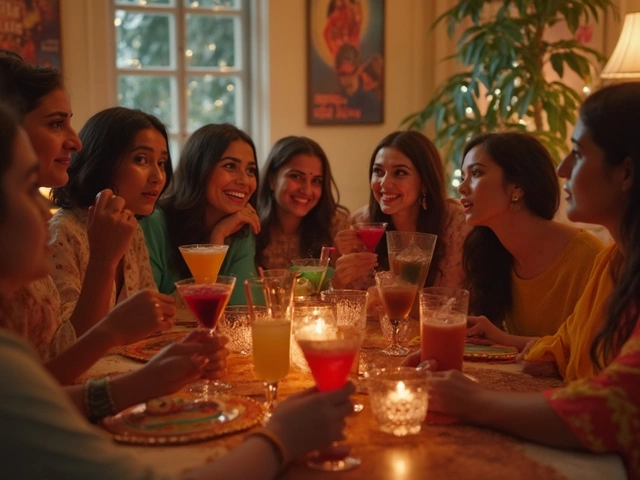
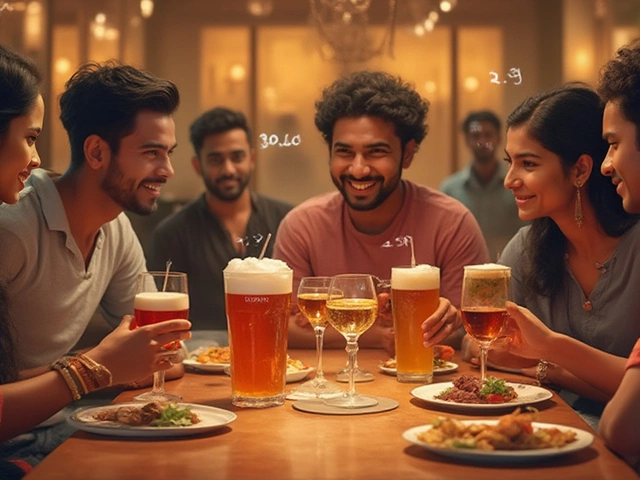

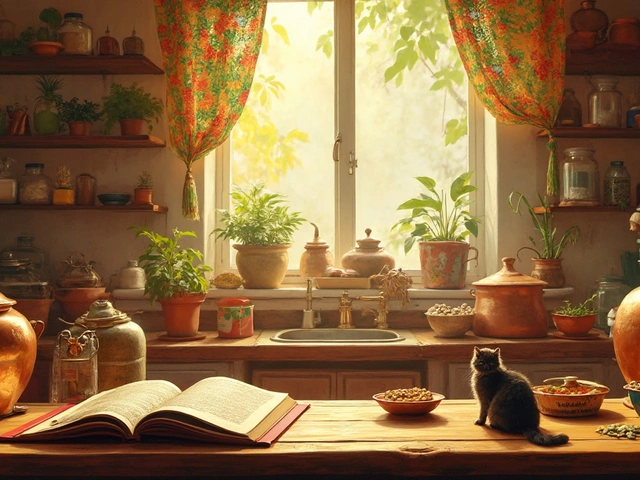
Categories